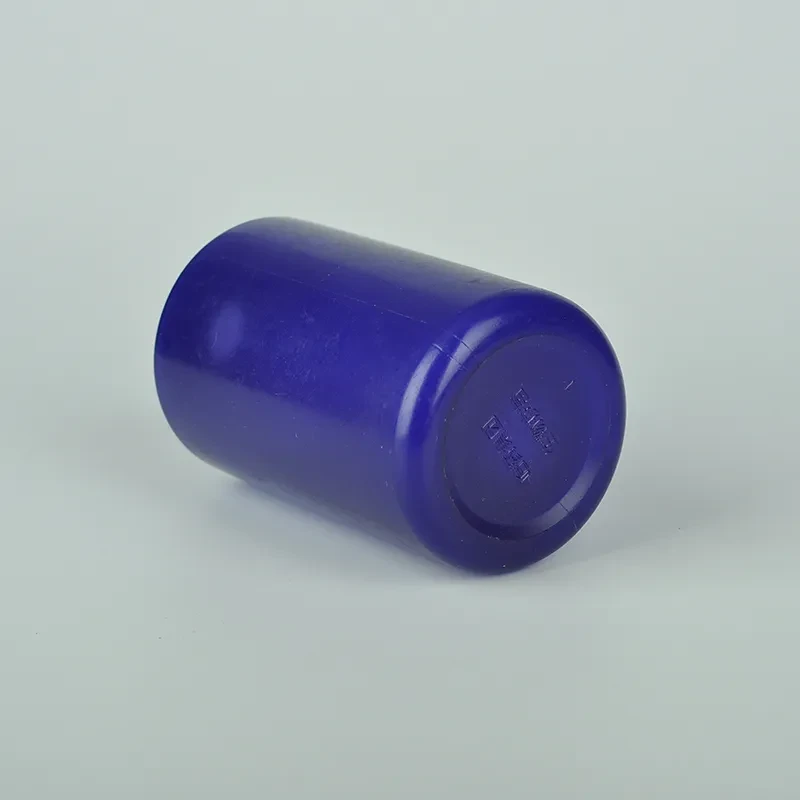
-
 Afrikaans
Afrikaans -
 Albanian
Albanian -
 Amharic
Amharic -
 Arabic
Arabic -
 Armenian
Armenian -
 Azerbaijani
Azerbaijani -
 Basque
Basque -
 Belarusian
Belarusian -
 Bengali
Bengali -
 Bosnian
Bosnian -
 Bulgarian
Bulgarian -
 Catalan
Catalan -
 Cebuano
Cebuano -
 Corsican
Corsican -
 Croatian
Croatian -
 Czech
Czech -
 Danish
Danish -
 Dutch
Dutch -
 English
English -
 Esperanto
Esperanto -
 Estonian
Estonian -
 Finnish
Finnish -
 French
French -
 Frisian
Frisian -
 Galician
Galician -
 Georgian
Georgian -
 German
German -
 Greek
Greek -
 Gujarati
Gujarati -
 Haitian Creole
Haitian Creole -
 hausa
hausa -
 hawaiian
hawaiian -
 Hebrew
Hebrew -
 Hindi
Hindi -
 Miao
Miao -
 Hungarian
Hungarian -
 Icelandic
Icelandic -
 igbo
igbo -
 Indonesian
Indonesian -
 irish
irish -
 Italian
Italian -
 Japanese
Japanese -
 Javanese
Javanese -
 Kannada
Kannada -
 kazakh
kazakh -
 Khmer
Khmer -
 Rwandese
Rwandese -
 Korean
Korean -
 Kurdish
Kurdish -
 Kyrgyz
Kyrgyz -
 Lao
Lao -
 Latin
Latin -
 Latvian
Latvian -
 Lithuanian
Lithuanian -
 Luxembourgish
Luxembourgish -
 Macedonian
Macedonian -
 Malgashi
Malgashi -
 Malay
Malay -
 Malayalam
Malayalam -
 Maltese
Maltese -
 Maori
Maori -
 Marathi
Marathi -
 Mongolian
Mongolian -
 Myanmar
Myanmar -
 Nepali
Nepali -
 Norwegian
Norwegian -
 Norwegian
Norwegian -
 Occitan
Occitan -
 Pashto
Pashto -
 Persian
Persian -
 Polish
Polish -
 Portuguese
Portuguese -
 Punjabi
Punjabi -
 Romanian
Romanian -
 Russian
Russian -
 Samoan
Samoan -
 Scottish Gaelic
Scottish Gaelic -
 Serbian
Serbian -
 Sesotho
Sesotho -
 Shona
Shona -
 Sindhi
Sindhi -
 Sinhala
Sinhala -
 Slovak
Slovak -
 Slovenian
Slovenian -
 Somali
Somali -
 Spanish
Spanish -
 Sundanese
Sundanese -
 Swahili
Swahili -
 Swedish
Swedish -
 Tagalog
Tagalog -
 Tajik
Tajik -
 Tamil
Tamil -
 Tatar
Tatar -
 Telugu
Telugu -
 Thai
Thai -
 Turkish
Turkish -
 Turkmen
Turkmen -
 Ukrainian
Ukrainian -
 Urdu
Urdu -
 Uighur
Uighur -
 Uzbek
Uzbek -
 Vietnamese
Vietnamese -
 Welsh
Welsh -
 Bantu
Bantu -
 Yiddish
Yiddish -
 Yoruba
Yoruba -
 Zulu
Zulu
sodium chloride 0.9 vial
Understanding 0.9% Sodium Chloride Vials An Essential Medical Solution
0.9% sodium chloride, commonly referred to as saline solution, is a cornerstone in medical treatments and procedures. It consists of sodium chloride (NaCl) dissolved in sterile water, with a concentration of 0.9 grams of salt per 100 milliliters of water. This isotonic solution closely matches the body's natural salinity levels, making it a safe and effective choice for various applications in healthcare.
Composition and Properties
The primary component of 0.9% sodium chloride vials is, of course, sodium chloride. When dissolved in water, it dissociates into sodium and chloride ions, which are vital for numerous physiological functions. The isotonic nature of this solution prevents any shifts in fluid between the intracellular and extracellular spaces, which is crucial for maintaining homeostasis in the body. This balance is essential for proper cellular function, nerve impulse transmission, and muscle contraction.
Applications in Medicine
0.9% sodium chloride is utilized in a wide array of medical scenarios. One of its primary uses is as a restorative fluid in cases of dehydration. When patients have lost fluids due to illness, injury, or surgery, this saline solution can help replenish their bodies' fluid levels effectively. It is commonly administered intravenously, allowing for rapid absorption and restoration of electrolyte balance.
In addition to fluid restoration, 0.9% sodium chloride is often employed for diluting medications for intravenous administration. Certain drugs, especially those that can be irritating to veins, need to be diluted to reduce discomfort during infusion. Saline solution serves as the ideal medium for this purpose, ensuring that medications can be delivered safely and effectively.
sodium chloride 0.9 vial

Another significant application of this solution lies in wound care. 0.9% sodium chloride can be used for irrigating wounds or cleaning surgical sites. The solution helps to remove debris and pathogens, thereby promoting a clean environment for healing. Additionally, it is gentle enough to not cause further irritation to damaged tissues, making it a preferred choice among healthcare professionals.
Moreover, saline solutions are widely used in respiratory therapies. For patients with respiratory conditions such as cystic fibrosis or chronic obstructive pulmonary disease (COPD), nebulized saline can help hydrate the airways and thin mucus, making it easier to expel. This therapeutic application emphasizes the versatility of 0.9% sodium chloride beyond just intravenous use.
Safety and Considerations
While generally safe, the administration of 0.9% sodium chloride must be done cautiously, especially in patients with specific medical conditions such as heart failure or kidney disease. Overinfusion can lead to fluid overload, which might result in complications. Therefore, healthcare providers must closely monitor fluid intake and patient responses during treatment.
Conclusion
0.9% sodium chloride vials are indispensable in the healthcare setting, providing essential support for hydration, medication delivery, wound care, and respiratory therapies. Its isotonic properties and compatibility with various medical applications make it an integral part of modern medicine. As we continue to advance in medical practices, the role of saline solutions remains vital, embodying a simple yet effective tool in promoting patient health and recovery. The reliability of 0.9% sodium chloride as a treatment underscores the importance of proper solutions in comprehensive patient care, ensuring safety and efficacy in a wide range of clinical scenarios.
-
PTFE Centrifuge Tubes - Chemical Resistant, Leak-proof, Ideal for Laboratory UseNewsJul.05,2025
-
Premium Metal Dropper Bottle for Precise Dispensing 250ml & 1ml Options AvailableNewsJul.04,2025
-
20 ml Headspace Vials - High Quality Polyethylene & Plastic Vials for Lab UseNewsJul.04,2025
-
Small Bottle with Pipette - Precise Dispensing 100ml Pipette Bottles for Essential Oils & Lab UseNewsJun.24,2025
-
Acetic Anhydride Bottle for Accurate Dropper Measurement in Pharmacy Use High-Quality Dropper BottlesNewsJun.10,2025
-
Innovative PET Bottle Design for Juice – Unique Shapes & Customization OptionsNewsJun.10,2025






















